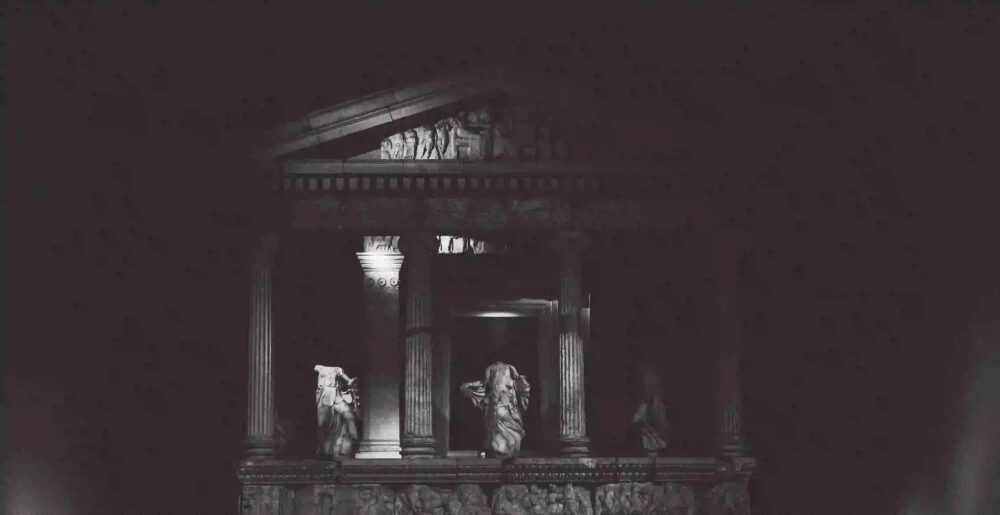Throughout history, leaders have been revered, admired, and even worshiped. They have been seen as the embodiment of power, authority, and wisdom. In many cultures, these leaders are not just mortal beings but are believed to have a divine connection, making them semi-gods or even gods themselves. The mythology surrounding these leaders adds an element of mystique and grandeur to their reigns, capturing the imagination of generations to come.
Kings: The Divine Rulers
Kings have long been associated with divine rulership. In ancient civilizations such as Egypt, Mesopotamia, and China, kings were believed to be the intermediaries between the mortal realm and the gods. They were seen as the chosen ones, blessed with divine power and wisdom. The Pharaohs of Egypt, for example, were considered to be the living embodiments of the sun god Ra. Their rule was seen as a reflection of the gods’ will, and their decisions were considered to be divinely inspired.
In Norse mythology, the concept of divine rulership is embodied in Odin, the king of the gods. Odin was not just a ruler but a wise and all-knowing deity. He possessed the ability to see into the future, making him an ideal leader. This mythology instilled the belief that a good leader should possess not only power but also wisdom and foresight.
Queens: The Divine Mothers
While kings often represent power and authority, queens are associated with nurturing, fertility, and protection. In many mythologies, queens are revered as divine mothers, symbolizing the life-giving and nurturing aspects of leadership. The goddess Isis in Egyptian mythology is a prime example of a divine queen. She was the protector of her son Horus, representing the fierce and protective nature of a mother. Her role as a leader was not just about power but about caring for her people and ensuring their well-being.
Divine Rulers: The Balance of Power
In some mythologies, the concept of divine rulership goes beyond individual leaders and encompasses a balance between male and female deities. The idea of a divine couple ruling together represents the harmony and equilibrium necessary for effective leadership. In Hindu mythology, Lord Shiva and Goddess Parvati are depicted as a divine couple, with Shiva representing destruction and Parvati representing creation. Their union symbolizes the balance required in leadership, where power and compassion must coexist.
The Lessons for Modern Leadership
While the mythology surrounding kings, queens, and divine rulers may seem distant and fantastical, it holds valuable lessons for modern leadership. These myths emphasize the importance of wisdom, compassion, and balance in effective leadership.
A leader should possess not only power and authority but also the ability to nurture and protect their people. They should strive for a balance between strength and compassion, making decisions that benefit both the individual and the collective. Like the divine rulers of myth, modern leaders must be able to see beyond the present and make decisions based on long-term vision.
In conclusion, the mythology of leadership surrounding kings, queens, and divine rulers is a testament to the timeless fascination with powerful and wise leaders. These myths serve as a reminder of the qualities and responsibilities required for effective leadership. By embracing the lessons from these myths, modern leaders can strive to achieve a balance between strength, compassion, and wisdom, making them worthy successors to the legendary figures of ancient mythology.
